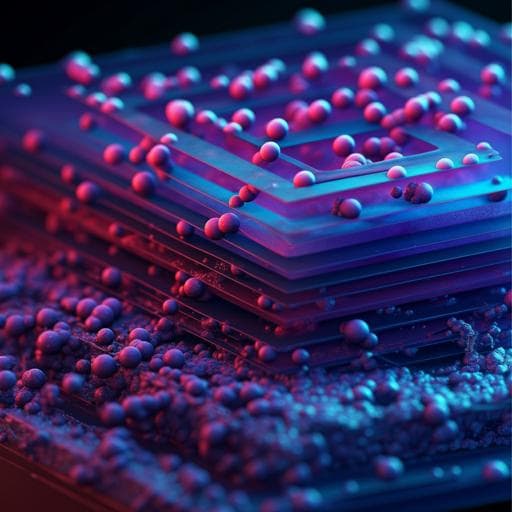
Physics
Observation of possible excitonic charge density waves and metal-insulator transitions in atomically thin semimetals
Q. Gao, Y. Chan, et al.
Discover groundbreaking insights into the metal-insulator transition in low-dimensional HfTe₂, revealing an excitonic insulator phase without lattice distortion. This research, conducted by Qiang Gao, Yang-hao Chan, Pengfei Jiao, Haiyang Chen, Shuaishuai Yin, Kanjanaporn Tangprapha, Yichen Yang, Xiaolong Li, Zhengtai Liu, Dawei Shen, Shengwei Jiang, and Peng Chen, sheds light on the electronic origins of charge density wave formation.
~3 min • Beginner • English
Related Publications
Explore these studies to deepen your understanding of the subject.







